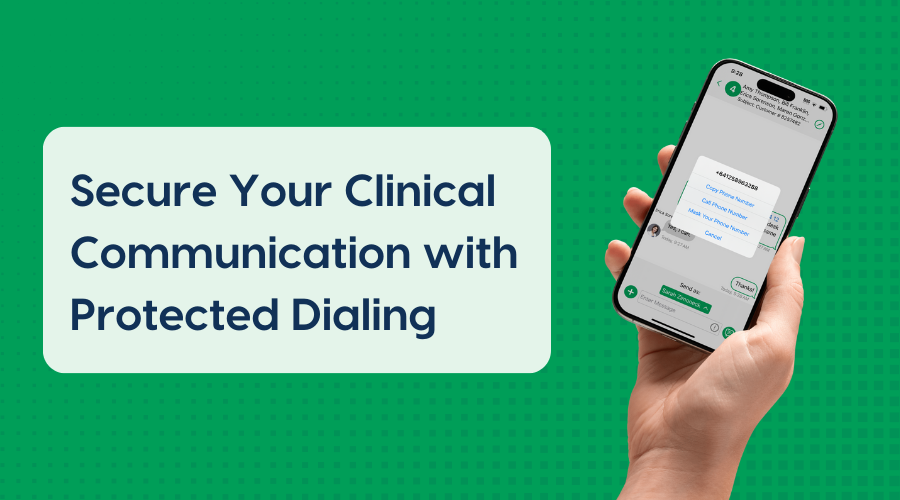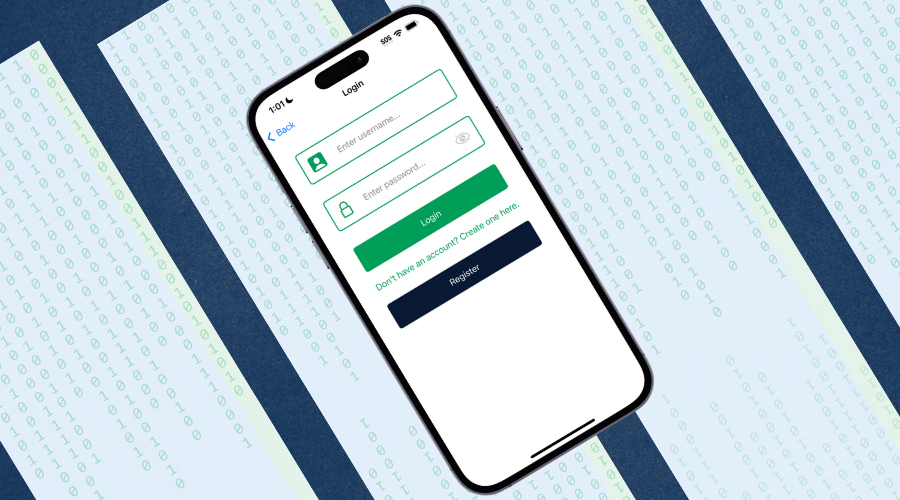What do the commercial aviation and healthcare industries have in common? They both need the ability to flawlessly handle critical communications to ensure the safety of those who use their services because small mistakes can have dire consequences for a large number of people.
When correlating the number of safety errors made daily in the healthcare industry to the airline industry, Jimmy Chung, MD, chief medical officer of Advantus Health Partners, made an eye-opening comparison, “Just looking at how many airline flights are taken every day, imagine if 460 of them crashed every day,” said Dr. Chung. “We would not stand for it.”
A successful communication strategy focuses on improving team interaction to ensure safety issues are recognized, announced, and quickly addressed by the team. This procedure is known as crew resource management (CRM) and still exists today in various forms throughout the aviation industry. CRM also applies to healthcare communication methods.
Patient Handoff Communication Procedures
Several studies highlight the link between communication breakdowns and adverse events in hospitals. Standardized communication protocols are used in healthcare settings to ensure important information isn’t lost or misinterpreted, reduce delays in diagnosis, and avoid medication errors and other preventable mistakes.
One critical communication event that routinely occurs in healthcare is the patient handoff. According to Patient Safety & Quality Healthcare (PSQH), “This exchange is a huge weak point in healthcare; each handoff runs the risk of having key treatment information being garbled, forgotten, or not passed on.”
There are many mnemonic tools used to facilitate an effective handoff, and one of the most widely used tools is SBAR. SBAR stands for:
- Situation: Briefly describe the current situation and why you’re contacting the other healthcare professional.
- Background: Provide relevant background information about the patient, including their medical history, current medications, and allergies.
- Assessment: Share your professional assessment of the patient’s condition, including any concerning signs or symptoms.
- Recommendation: Clearly state your recommendation for the next course of action.
Here’s an example of how SBAR might be used in a hospital setting:
Situation: Mr. Jones is a 72-year-old with a history of heart disease.
Background: Mr. Jones’ oxygen saturation has dropped to 88% on room air. He’s on his usual medications but hasn’t had any recent changes.
Assessment: He’s experiencing shortness of breath and appears slightly disoriented. His vital signs have been checked, and oxygen has been administered via nasal cannula.
Recommendation: Recommend further assessment and possibly order a chest X-ray.
By following a structured format like SBAR, medical personnel can ensure clear and concise communication of critical patient information, reducing the risk of misunderstandings and improving patient safety.
Using Communication Apps During Patient Handoff
While patient handoffs happen with regularity in a healthcare setting, each occurrence involves different circumstances. Using secure messaging and care team apps are helpful tools because they provide confidentiality, can include supporting photo, video, and audio files, enable auto-forwarding features to ensure critical messages and information are received by the people starting their shift, promote collaboration during handoffs by including the entire treatment team in one conversation.
A PubMed article titled Hospitalist handoffs: a systematic review and task force recommendations states, “The most effective handoff of patient information includes both verbal and written components.” The written component of the handoff may be produced by hand or electronically. A secure messaging app like Amtelco Secure Messages eliminates the problem of unreadable handwriting and keeps read receipts and historical data, which can be turned into printed reports for supervisors or The Joint Commission.
Care team collaboration apps like miTeamWeb keeps the people starting their shift informed about which staff members are available by:
- Separating schedules by location/department/specialty to reduce errors.
- Integrating with popular calendar applications to bring appointments directly into your calendar of choice.
- Importing appointment, on-call, and schedule information directly from third-party scheduling applications.
- Simplifying workforce management with customizable shifts, roles, and statuses.
Communication apps can enhance a hospital’s existing patient handoff protocol by offering additional support and organization to combat miscommunication.




